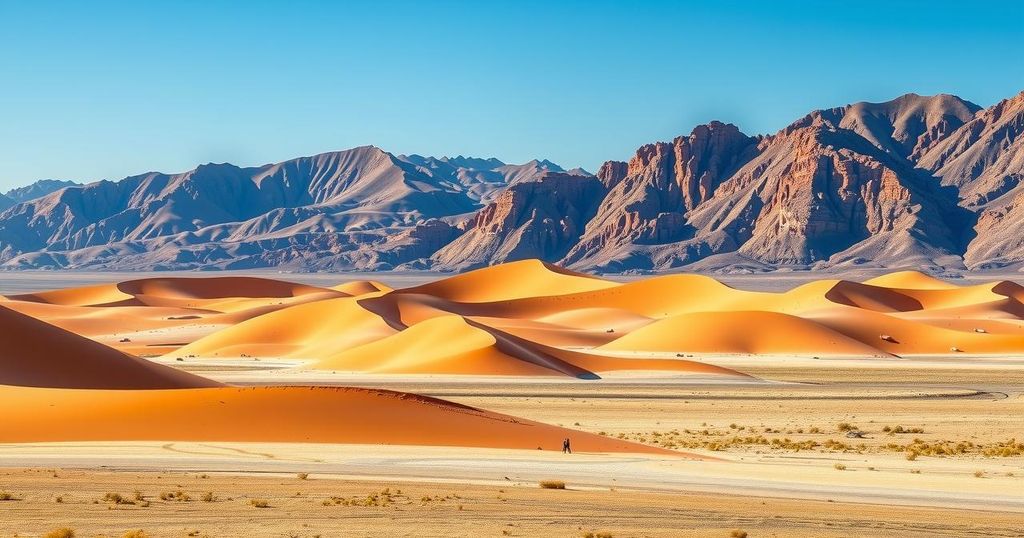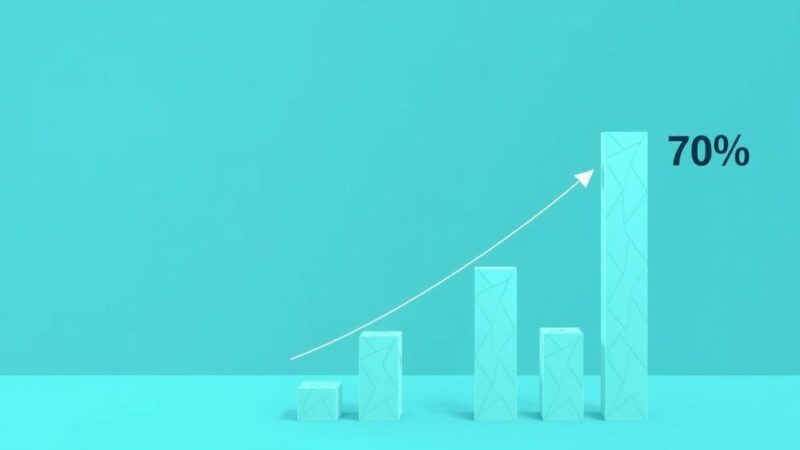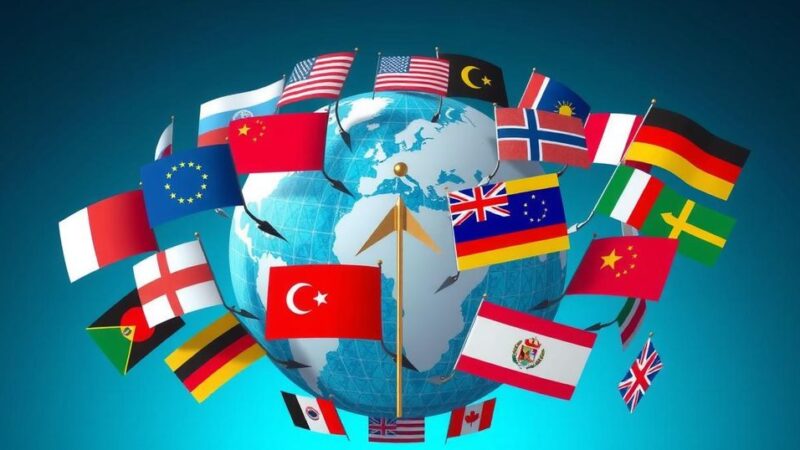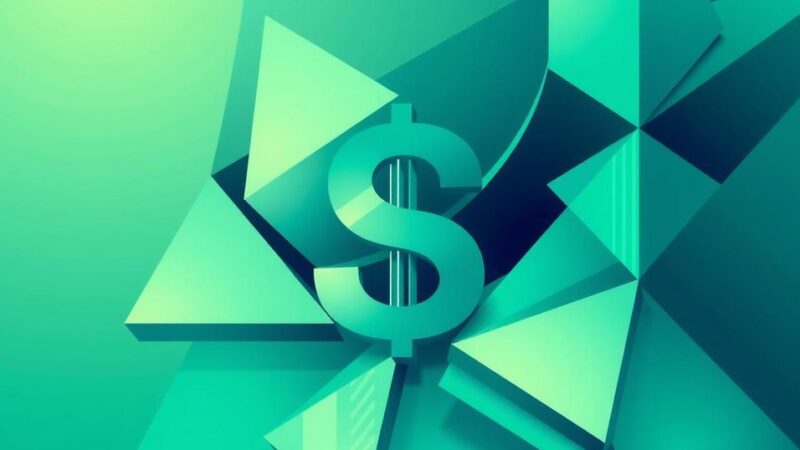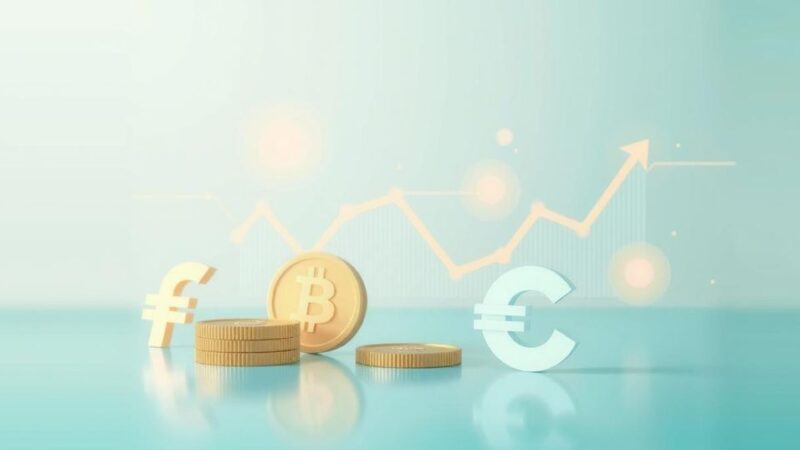Since 2019, Namibia has seen a dramatic price increase in alcoholic beverages, especially white spirits, due to external factors such as the Russia-Ukraine conflict. Beer consumption remains high, with Namibia ranking seventh globally for per-capita consumption. Expenditure on alcohol varies regionally, revealing insights into consumption habits and economic challenges faced by households.
As of late 2019, Namibia experienced a substantial increase in the average prices of alcoholic beverages. Notably, the price of white spirits surged by 74%, while beer prices rose by 26%. The inflation of white spirits intensified in 2022, largely attributed to disruptions caused by the Russia-Ukraine war, which negatively impacted grain supply and production costs for vodka and gin.
Namibia ranks seventh worldwide for per-capita beer consumption, with an estimated annual consumption of 85 liters per person in 2022. Furthermore, beer constitutes the second heaviest item in the Namibia Consumer Price Index (NCPI), accounting for 7% of total household expenditure in a reference period from 2009, alongside alcoholic beverages overall contributing 10%.
Alcoholic beverage consumption varies by region in Namibia. In the northern regions, beer and white spirits account for 8.8% and 0.6% of total expenditure, respectively. The popularity of brandy, whisky, champagne, and liqueurs is predominant in the Erongo, Omaheke, Hardap, and //Kharas regions, contributing 0.7% and 0.5% to total expenditure. Conversely, expenditure on wine is highest in Windhoek, consuming 1.7% of total expenditure from residents.
Those residing in northern regions allocate a greater portion of their total expenditure to alcohol, with 11.8% dedicated to all alcoholic beverages. This is followed by southern regions, which allocate 10.4%, and Windhoek, where only 7.9% is spent on alcohol. However, it is essential to consider income levels, as Windhoek residents generally earn more, resulting in a smaller proportion of their total spending on alcohol compared to other regions.
In light of moderate inflation, many Namibian households may be compelled to choose more affordable alcoholic options or reduce their overall consumption. In this context, if patrons find N$20 draughts at their local bars, they should consider themselves fortunate!
In conclusion, Namibia has seen a significant rise in alcoholic beverage prices, particularly for white spirits and beer, due to factors such as the ongoing impact of the Russia-Ukraine war. Beer consumption is notably high among Namibians, with regional differences in spending patterns reflecting varying alcohol preferences and income levels. Households may experience shifts in consumption behaviors due to inflationary pressures, demonstrating the changing dynamics of the Namibian alcoholic beverage market.
Original Source: www.namibian.com.na
